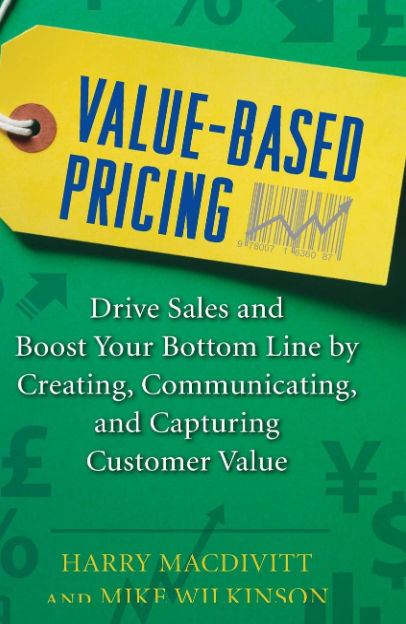The Value of Creating Value
 PriceBeam
·
2 minute read
PriceBeam
·
2 minute read
Introduction: Why Price Alone Can’t Carry Growth
It's easy to lower prices, it shows immediate results, but long-term, price cuts rarely lead to sustainable value. Value, on the other hand, is harder to create and even harder to defend, but it’s the only way to protect margins, retain quality, and build resilience in competitive markets.
At PriceBeam, we see this tension play out across industries. Retailers push for volume, Manufacturers react with discounts, brands lose pricing power and the race to the bottom begins. But there is another path, one that doesn’t sacrifice long-term profitability for short-term wins and It starts by asking: What do customers actually value?
As the famous saying goes: “Value is what you get. Price is what you pay.”
If this sentence is even part of popular culture, why do so many companies keep focusing on price and forget what truly matters: Creating Value.
Because creating value takes effort, resources, and time, and it may not deliver immediate results. Dropping prices, on the other hand, is easy and usually delivers quick, measurable gains. It’s also because pressure from the distribution chain almost always pushes manufacturers in that direction...
In our experience, we have never seen a retailer ask a supplier:
“Please, create more value so we can sell at better prices and grow together…”
No, the game is always turnover, regardless of margin!
But this race to the bottom, where everyone cuts prices, has no winners and even consumers lose. They may benefit in the short term, but long-term, they’re left with lower-quality products as weaker players exit the market and stronger ones cut corners to survive.
Questions Pricing Teams Should Ask
Q1: What’s the difference between price and value?
Price is what you charge and value is what the customer gets in return. A higher price can be justified, if the perceived value is strong, and a lower price can be ignored, if the product doesn't meet expectations.
Q2: Why do so many businesses default to price cuts?
Because it’s fast and because it feels safe. Also because distributors reward turnover, not value creation. But it’s rarely strategic, because when competitors follow, no one wins.
Q3: What does value-based pricing actually mean?
It's about setting your price based on what your customer is willing to pay (not just your costs or what competitors charge). That requires research and not just asking what they want, but what they’d pay for it.
Q4: How do we know if we have Pricing Power?
You have Pricing Power when customers stick with you even when prices rise. The best way to measure this? Monitor willingness-to-pay across your segments regularly.
An Example from a Case Study
A global personal care brand wanted to refine its pricing strategy for two products. Facing pressure from competitors priced at different tiers, the team used PriceBeam’s Willingness-to-Pay study to determine optimal price points that wouldn't hurt volume. The research uncovered significant pricing headroom and these insights helped the brand confidently adjust pricing, defend margins, and differentiate value between formats, all based on real consumer WtP, not internal cost assumptions. You can explore the full story here: A Brand in the CPG Space Identified 31% Pricing Potential
What You Can Do Now
-
Stop guessing what your product is worth.
-
Ask your customers, through research, not assumptions.
-
Align your offer with what they value, and price accordingly.
-
Use value-based pricing to support innovation, not discount it.
A business can only thrive in the long run if it shifts the focus away from price and toward:
Creating, Communicating, and Capturing value!
That’s what the best customers are buying. When you create value, communicate it clearly, and price with confidence, you win the right customers. The rest? You can leave them to your competitors.
.png?width=400&height=100&name=PBLogoTransparent%20(1).png)






